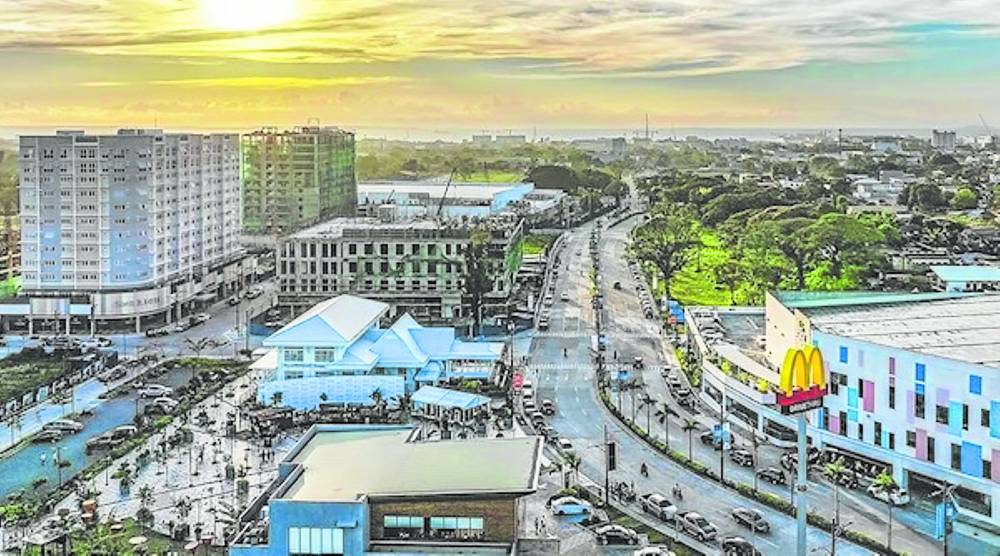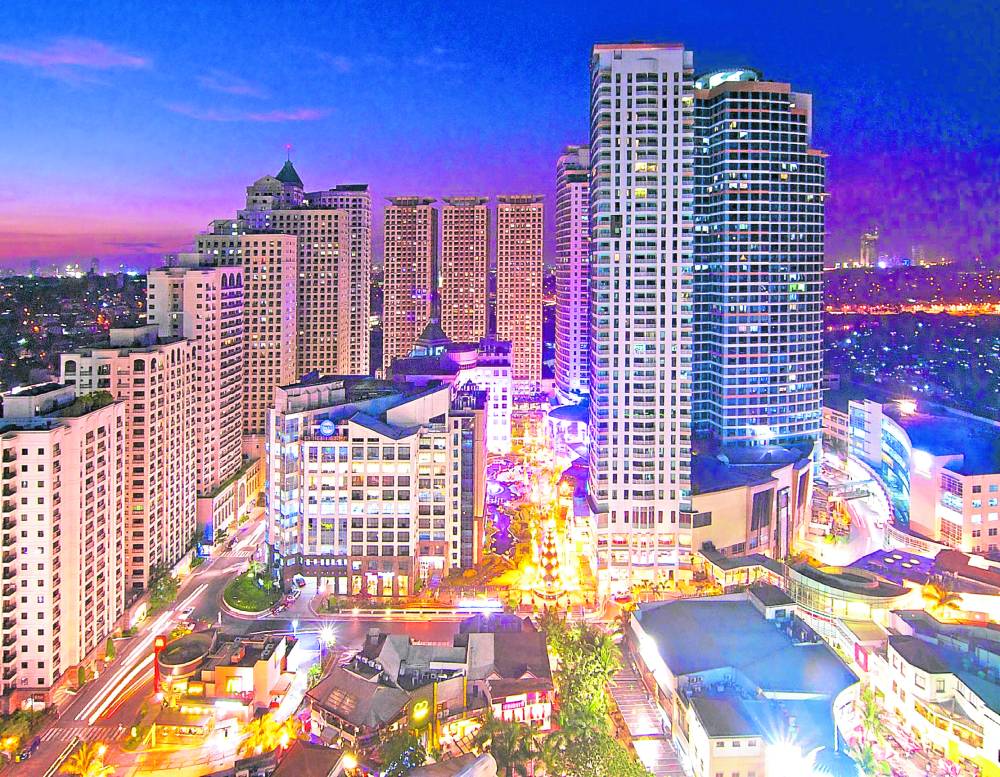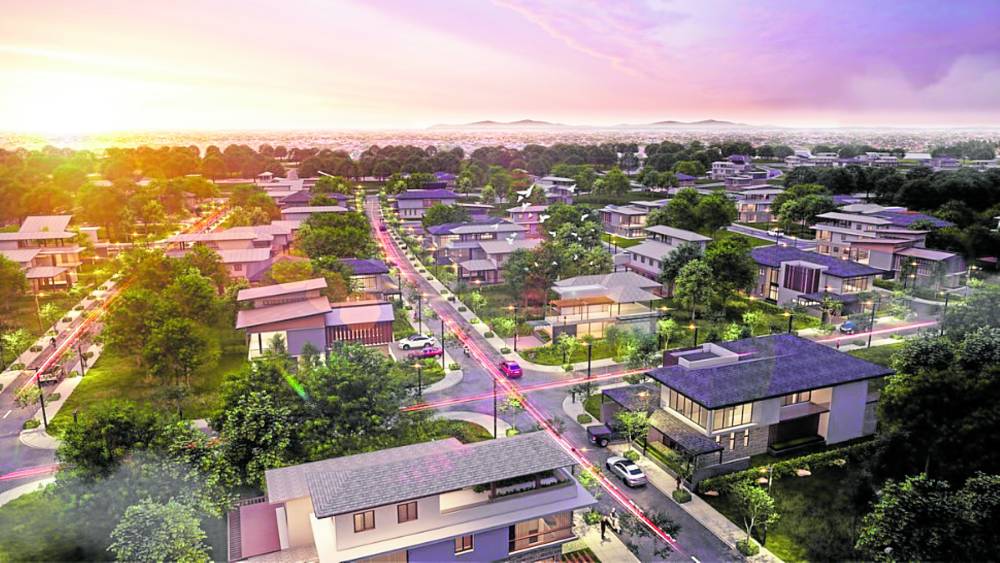Transforming Philippine cities

The urban landscape of the Philippines has undergone a fascinating transformation.
The Spanish colonial period saw the rise of pueblos or towns centered around a plaza, church, and municipal building while the American colonial period introduced zoning laws and grid patterns. Post World War II reconstruction and subsequent economic booms meanwhile brought about gated communities and commercial districts.
Today, we witness the emergence of township developments, a dynamic evolution of our cities. These evolving townships—which blend traditional community values with modern amenities—are microcosms of efficient and sustainable living, propelling the architectural and real estate landscapes forward.
Key elements of modern townships
Eastwood City, a mixed-use development by Megaworld Corp., is the first urban township in Metro Manila. It’s a prime example of a self-contained community, integrating luxury condominium towers, office high-rise towers, retail spaces, and learning institutes. This comprehensive mix of elements is a hallmark of modern townships, offering diverse amenities within a single location.
Modern townships focus on self-sufficiency, sustainability, and community. They consolidate diverse housing options, commercial spaces, green areas, recreational facilities, and efficient transport infrastructure into one central location. This strategic design minimizes the need for extensive travel, encouraging a sense of belonging. Including green spaces such as parks, gardens, and open areas further enhances livability and environmental quality.

Recreational facilities, including sports complexes, cultural centers, and entertainment venues, meanwhile enrich community life, while the provision of efficient public transport and pedestrian-friendly designs ensures accessibility and mobility.
Incubating real estate values
Investors and homebuyers are particularly attracted to these developments’ convenience, security, and high quality lifestyle.
Firstly, location plays a significant role—with proximity to offices, business districts, educational institutions, and transportation hubs being crucial. Additionally, amenities such as shopping centers, entertainment facilities, and beautiful landscaping contribute to the allure of these mixed-use estates.
Enhanced security measures and gated communities also appeal to growing families and professionals while eco-friendly designs and smart technologies are a strong draw for environmentally conscious buyers, further influencing the value of real estate in these areas.
Future of integrated townships
Townships offer a more organized and integrated approach to urban living, addressing overcrowding, pollution, and unplanned development. The future of townships is expected to be shaped by transit-oriented developments, providing high accessibility, comfort, and lifestyle in zones accessible to other cities or districts through major highways.

These developments are no longer confined to Metro Manila and are rapidly expanding in nearby regions of Luzon and emerging in Visayas and Mindanao. This expansion is contributing to the growth and development of these regions.
Townships also incorporate urban planning principles, including forward-thinking infrastructure, new technologies, and community engagement, which are essential for creating functional and sustainable cities.

Modern townships focus on self-sufficiency, sustainability, and community.
The development of different types of integrated townships has been consistent over time, and many projects will further fuel economic growth and progress in the Philippines in the years ahead.
The author (at www.ianfulgar.com) is a leading architect with an impressive portfolio of local and international clients. His team elevates hotels and resorts, condominiums, residences, and commercial and mixed-use township development projects with innovative, cutting-edge design and business solutions that have garnered industry recognition, making him the go-to expert for clients seeking to transform their real estate ventures
